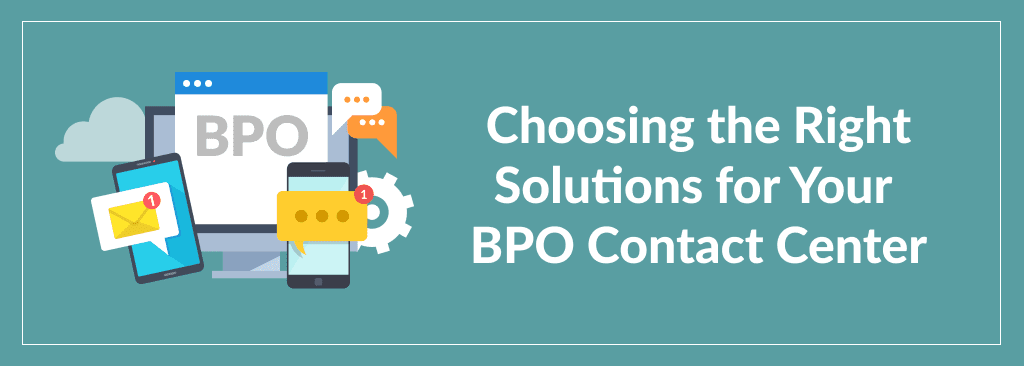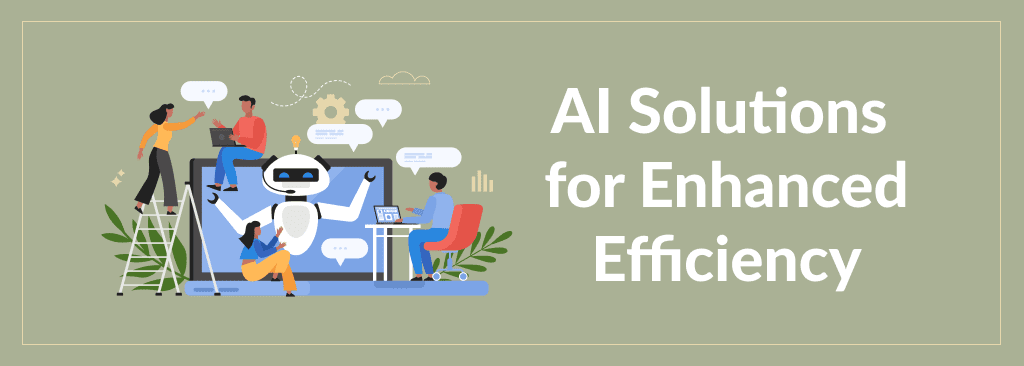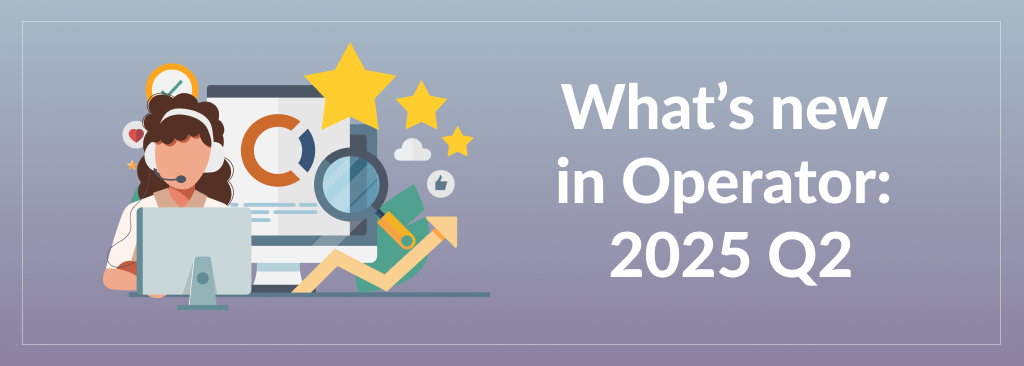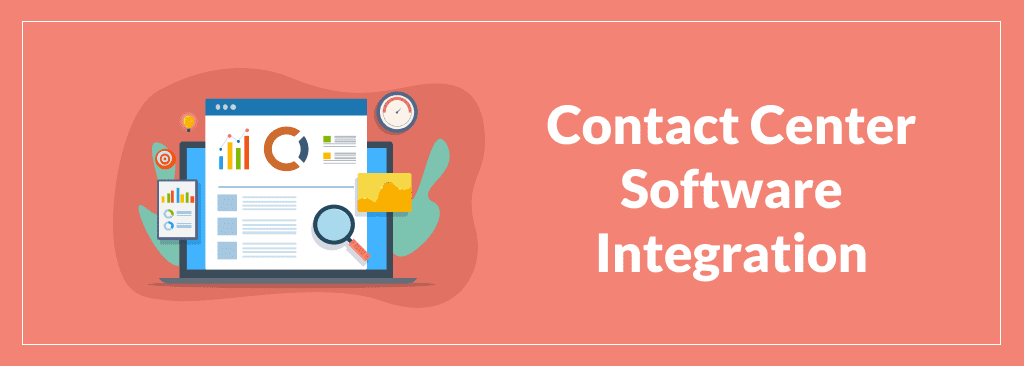-

How TCN’s Pricing Model Saves Your Contact Center Money
TCN’s contact center software platform is also characterized by seamless integrations, unmatched customer service and tailored solutions that saves your contact center money.
-

Building a Customer Success Team: Roles, Responsibilities and Best Practices
Building a customer success team requires intention and effort. TCN has the perfect guide to help you manage your contact center agents.
-

KPIs Every Contact Center Should Track
Tracking and improving your contact center KPIs doesn’t have to be difficult — and TCN can make it even more simple.
-

A Guide to Choosing the Right Solutions for Your BPO Contact Center
Implementing a variety of TCN’s contact center solutions will bring success to your BPO contact center and exceed your clients' expectations.
-

5 AI-Powered Solutions for Enhanced Efficiency
Implementing these five contact center AI solutions will maximize agent productivity and lead to enhanced contact center efficiency.
-

Building Trust with Customers Through Data Security and Privacy
TCN is ready to help your contact center build trust through data security with a compliant contact center solution.
-

C3 2025: Recapping TCN’s First In-Person User Conference
TCN clients, partners and other professionals gathered for C3 2025 at the new Black Desert Resort, for three days of exploring, adventure and learning.
-

What’s New In Operator: 2025 Q2
Operator Q2 updates include improvements to how you manage your data, connect with customers, and understand your team's performance.
-

Protecting Sensitive Financial Information: Security Measures for Contact Centers
Protecting sensitive financial information and contact center data is essential for building trust and maintaining a strong reputation.
-

Proactive Customer Engagement: Enabling Agents to Anticipate Needs with Contact Center Software
Discover how TCN helps enable agents to anticipate contact center needs to enhance your customers’ experience.
-

Enhancing Agent Productivity and Satisfaction with Contact Center Software
Enhancing agent productivity and satisfaction starts with investing in the right contact center software platform!
-

Contact Center Software Integration: Streamlining Communication Across Platforms
Contact center communication is about efficiency, usability and freeing up agents' time. Learn more about TCN's integration capabilities to see how we can help your business streamline communication and improve customer experiences.
TCN Blog
Welcome to TCN's blog, your one-stop shop for all things contact center software education. Here, we provide you with industry trends, updates and everything in between. Use the filter options below to easily find what you are looking for.